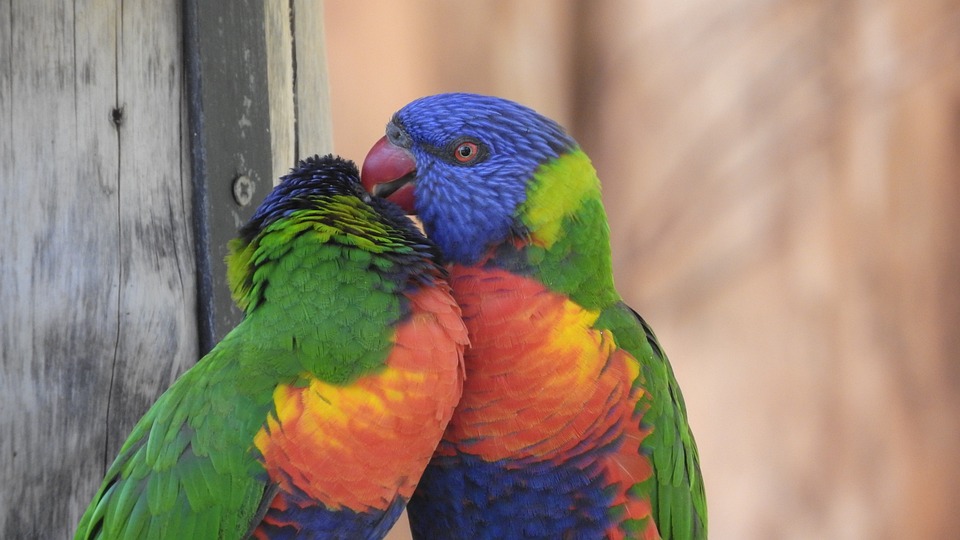Training a parrot can be a rewarding and fulfilling experience, but it is important to approach it with patience and understanding, especially when dealing with fear or anxiety during training introductions. In this article, we will discuss how to use positive reinforcement to address these issues and create a positive and comfortable environment for your parrot to learn and thrive.
Parrots, like any other living creature, can exhibit fear or anxiety in certain situations. It is important to recognize the signs of fear or anxiety in your parrot, which may include vocalizations, feather ruffling, trembling, or trying to escape. These reactions might occur during training introductions when your parrot is faced with new people, objects, or experiences.
Positive reinforcement is a powerful training technique that involves rewarding desired behaviors to encourage their repetition. By focusing on positive reinforcement, you can help your parrot associate training introductions with positive experiences, reducing fear and anxiety over time.
Before beginning training introductions, ensure that your parrot has a designated safe space, such as a perch or cage, where they can retreat to if they feel overwhelmed or anxious. This safe space will provide them with a sense of security during the training process.
Start by introducing new people, objects, or experiences in a gradual and controlled manner. Begin with low-stress situations, gradually increasing the level of exposure over time. This gradual exposure will allow your parrot to acclimate to new stimuli without becoming overwhelmed.
During training introductions, offer verbal reassurance and a calm demeanor. Let your parrot know that they are safe and that you are there to support them. This reassurance will help alleviate their fear and anxiety during the training process.
There are several positive reinforcement techniques that can be used during training introductions. Treat rewards are a great way to reinforce calm and positive behavior. Use your parrot’s favorite treats to reward them when they display the desired behavior. This will help them associate the training introductions with a positive outcome.
Verbal praise and encouragement are also effective forms of positive reinforcement. Offer verbal praise when your parrot displays calm behavior or makes progress during the training introductions. This positive feedback will reinforce the desired behavior and further reduce fear and anxiety.
Clicker training is another useful technique for positive reinforcement. By pairing the sound of a clicker with a reward, you can effectively reinforce desired behavior. Click at the precise moment your parrot exhibits the desired behavior during training introductions, and follow it with a treat or verbal praise.
The time it takes for a parrot to become comfortable during training introductions can vary depending on their individual personality and previous experiences. Be patient and allow your parrot to progress at their own pace. Each parrot is unique, and some may require more time and patience than others.
While positive reinforcement is a powerful tool, in cases of severe fear or anxiety, it may be beneficial to seek professional help from an avian behaviorist or trainer who can provide additional guidance and support.
If your parrot continues to exhibit fear or anxiety during training introductions, consider adjusting the pace of the training or seeking professional advice. Each parrot is unique, and some may require more time and patience than others.
In addition to positive reinforcement, there are other training techniques that can be used to address fear or anxiety in parrots. Desensitization and counter-conditioning involve gradually exposing your parrot to the source of fear or anxiety while providing positive experiences. These methods can be used in conjunction with positive reinforcement for more effective results.
Training introductions can be challenging for parrots experiencing fear or anxiety, but by using positive reinforcement techniques, you can create a supportive and comfortable environment for your feathered friend. Remember to be patient, consistent, and seek professional help if needed. With time and dedication, you can help your parrot overcome their fears and build a strong bond based on trust and positive experiences.









